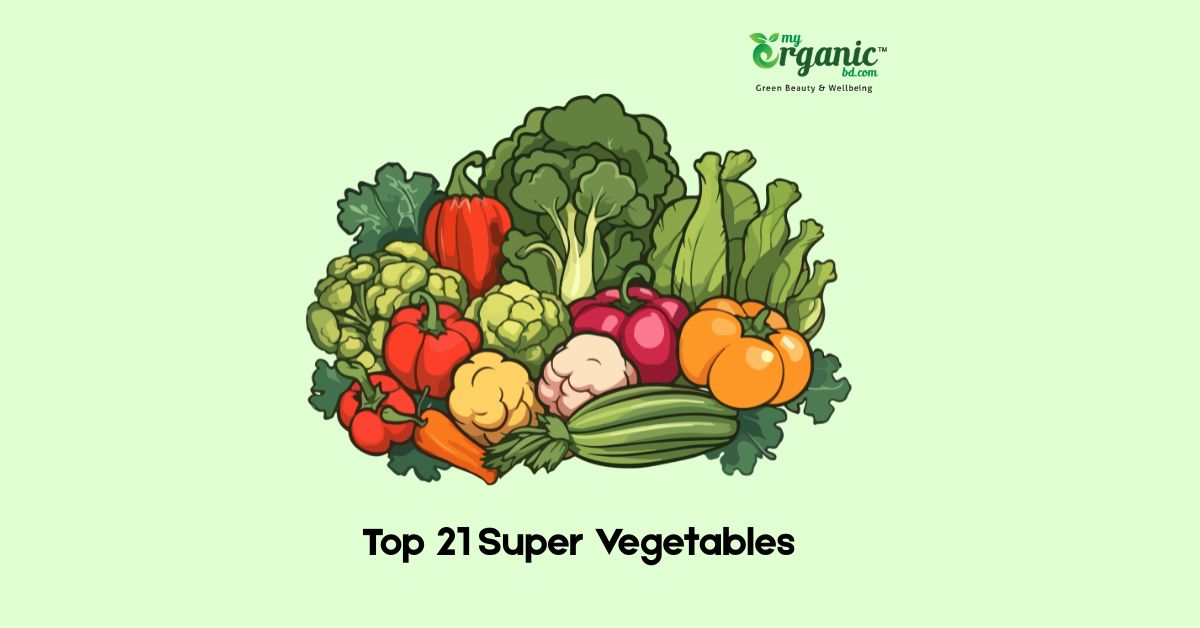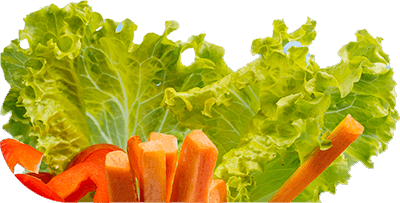Vegetables are the mascots of a healthy diet. They take up such a large portion of modern health discussions that other important aspects often get overshadowed. Still, you can never overglorify the role of vegetables in our health and wellness.
In modern life, it is hard to make time and eat a variety of vegetables. So, a list of healthier vegetables can guide you to find the best vegetables according to your needs.
We are My Organic BD, a group of nutritionists, doctors, and writers working together to write the most insightful and practical articles about healthy food and organic wellness.
In this article, we will provide a list of 21 super vegetables and their uses and benefits. Keep reading.
What are Super vegetables?
Super vegetables are not a scientific term. It is a casual concept that indicates the nutritional potential and wellness benefits of a vegetable. Almost all the vegetables are healthy and offer a range of nutrients. However, some vegetables contain an extraordinary amount of fiber, antioxidants, vitamins, and impressive bioactive content. Those vegetables are not only a part of a healthy diet, but also improve specific health conditions. The good thing is, those vegetables are not always something super exotic and rare. You may already have some of them in your kitchen.
Let’s discuss the overall health benefits in the next section.
What are the Proven health benefits of Super vegetables?
Super vegetables come with diverse sets of wellness benefits. But it’s not hard to find a common pattern among them. For example, most vegetables are rich in fiber. Fibers improve gut health, heart health, reduce cholesterol, and boost digestive wellness. Many of them contain vitamin C, zinc, and beta-carotene. Those components improve our immune health and protect our bodies from various diseases. With antioxidants and anti-inflammatory components, they protect heart health, brain health, eye health, and more. Choline, folate, and polyphenols from healthy vegetables improve brain health. They are often low in calories, which can provide you weight loss benefits. Those were just the tip of the iceberg. There is a lot you can get from super-nutritious vegetables. Let’s be more specific in the next section.
Top 21 healthiest Super vegetables List
Here are the top 21 healthiest super vegetables list with a brief summary :
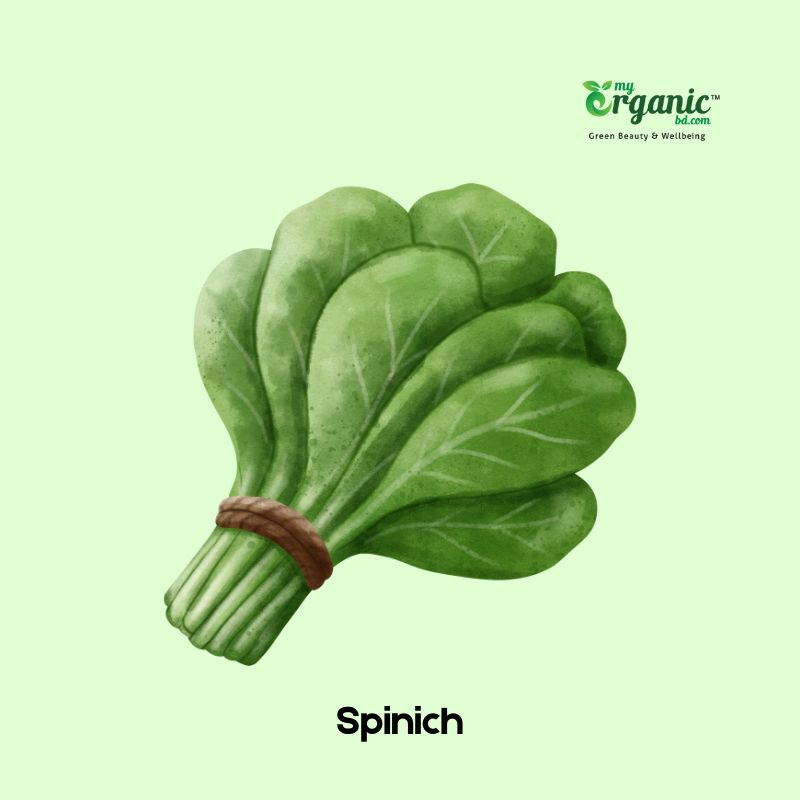
Spinach
Spinach is a common leafy green with a vibrant green color. Its mild flavor makes it suitable for many dishes.
Key Nutrients
Iron, Vitamin K, Vitamin A, Potassium, Magnesium, Vitamin C, Folate, Lutein, Beta-carotene
Key Benefits
Spinach contains a good amount of iron, which supports blood cell formation and oxygen transport. It supports bone health with vitamin K and Calcium. It is rich in folate and magnesium, which improve brain function and memory. It contains bioactive components like lutein and zeaxanthin. They are powerful antioxidants that protect body cells, especially the eyes.
Ways to eat
Spinach can be eaten as a salad or a curry. You can add it to your green smoothies. You can add it to omelets, soups, and rice dishes.
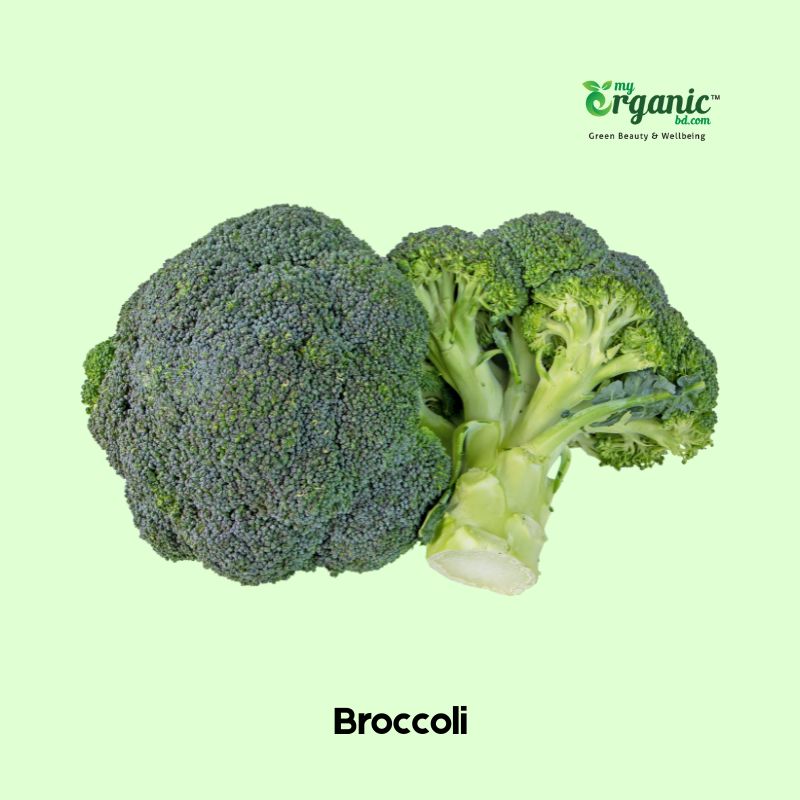
Broccoli
Broccoli is a crunchy green vegetable that comes with a lot of versatility. It’s one of the fun vegetables to eat and cook.
Key Nutrients
Vitamin C, Vitamin K, Folate, Potassium, Fiber, Sulforaphane, Vitamin A, Calcium, Quercetin
Key Benefits
Broccoli contains sulforaphane, which protects the body from cancer. It also provides detox effects. Vitamin B and choline are nutrients that support brain health and memory. It also contains good fiber that supports heart health and digestion. It is rich in antioxidants like flavonoids.
Ways to eat
You can steam or roast broccoli as it provides a crisp texture and better flavor. You can also add it to soups, pasta, fries, and salads.
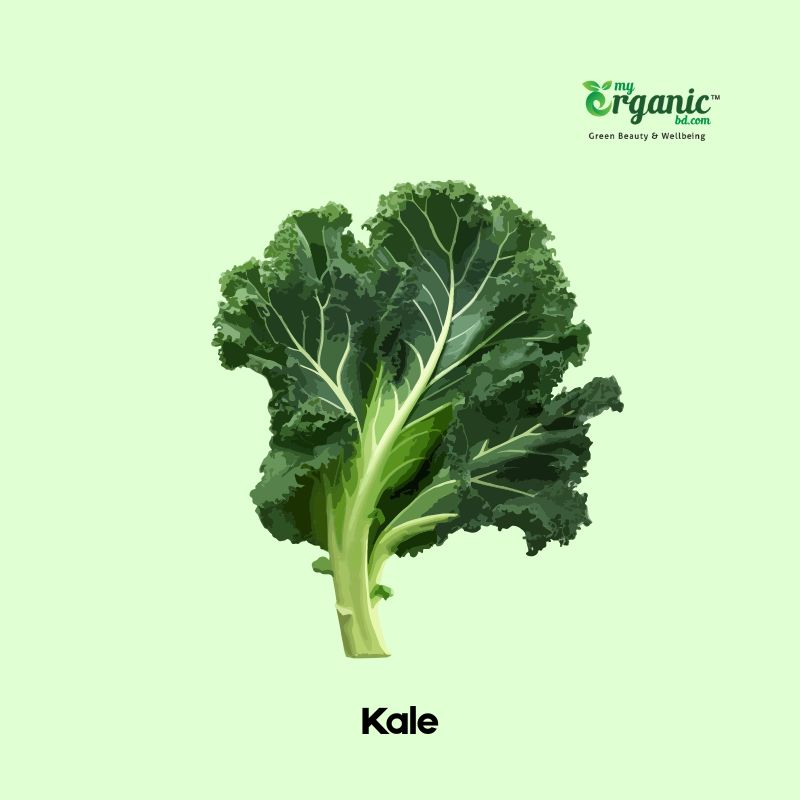
Kale
Kale comes with huge nutritional potential and a papery taste. Its taste complements a lot of other food components.
Key Nutrients
Vitamin K, Vitamin A, Vitamin C, Calcium, Potassium, Fiber, Lutein, Zeaxanthin, Glucosinolates
Key Benefits
Kale contains powerful antioxidants that fight oxidative stress. It can play a role in increasing bone density via vitamin K and calcium. It enhances brain power and cognitive ability with carotenoids and omega-3 precursors. It also contains glucosinolates, which have liver detoxifying effects.
Ways to eat
Raw kale is good for salad. It tastes great with garlic and olive oil. You can also bake it into kale chips or blend it in green smoothies.
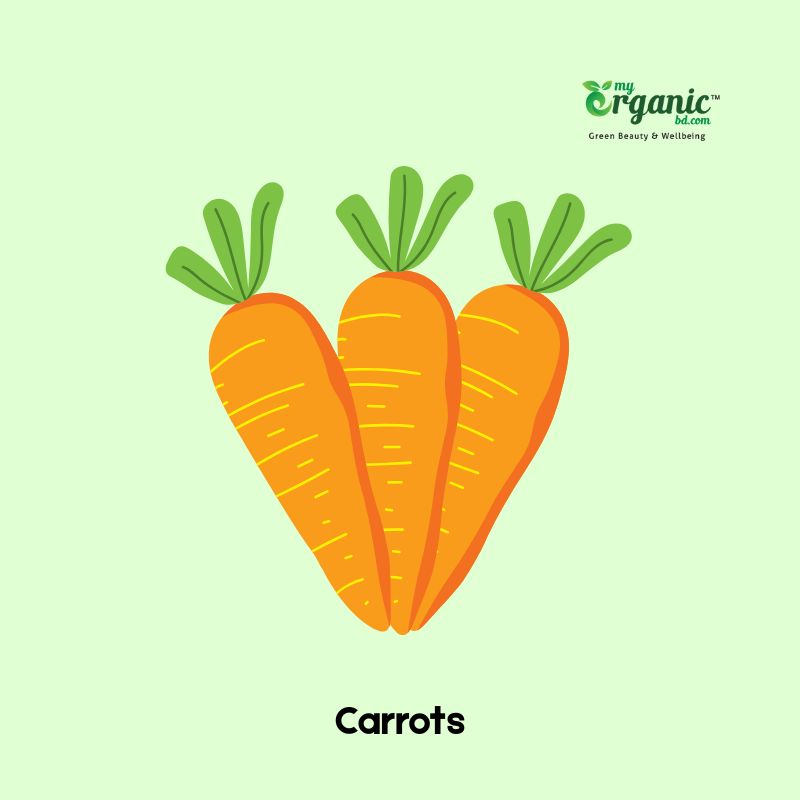
Carrots
Carrots are superstars of salad. They are crunchy, colorful, and sweet. They can brighten up any dish.
Key Nutrients
Beta-carotene, Vitamin A, Vitamin K1, Potassium, Fiber, Vitamin C, Biotin, Lutein, Alpha-carotene
Key Benefits
Carrot comes with a high amount of beta carotene, which turns into vitamin A. So it supports eye health and sight. It aids immune health and also contains cancer protective effects. They contain polyacetylenes, which have anti-inflammatory effects.
Ways to eat
Carrots are one of the healthiest snacks for eating between meals. You can add it to salad and snacks. Any dish becomes more colorful with carrots.

Beets
Beet roots are one of the nutritional superstars. It’s popular for its high nutrient and antioxidant density. Comes with an earthy sweet and bitterish taste.
Key Nutrients
Folate, Manganese, Potassium, Iron, Vitamin C, Fiber, Nitrates, Betaine, Polyphenols
Key Benefits
Beats comes with natural nitrate, which boosts blood circulation. It lowers blood pressure and supports cellular repair. It also contains betalains, which provide detoxification benefits for the body. Due to better blood flow, you get better brain power and stamina.
Ways to eat
The healthiest way to eat beets is raw as a salad. Roasting or boiling it increases taste. Beet root juice and smoothies are also very popular among health enthusiasts.

Tomato
Tomato comes with a tangy-sweet freshness. It can add interest to any spicy dish. That’s why tomato sauce is super popular.
Key Nutrients
Vitamin C, Potassium, Folate, Vitamin K1, Lycopene, Beta-carotene, Vitamin A, Fiber, Niacin
Key Benefits
Tomato contains lycopene, which fights oxidative damage and protects from cancer. It reduces LDL oxidation, which supports cardiovascular health. It also heals the UV damage to the skin. Tomatoes contain carotenoids, which reduce inflammation and support the hormone pathway.
Ways to eat
Use tomato as salad, put it in a sandwich, or make salsas. You can obviously make sauces or bake it with other vegetables. Tomato adds a unique tanginess to any dish.
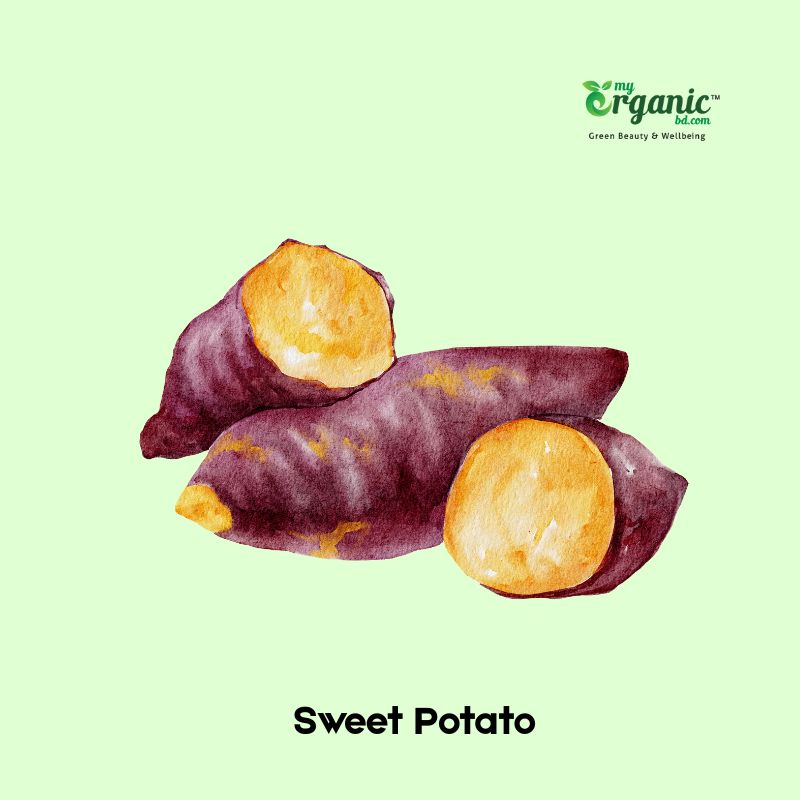
Sweet Potato
Sweet potatoes may not give you the impression of having high nutrition. But it comes with dense nutrients and health benefits.
Key Nutrients
Beta-carotene, Vitamin A, Vitamin C, Potassium, Fiber, Manganese, Vitamin B6, Anthocyanins, Copper
Key Benefits
Sweet potatoes are filled with beta-carotene, which improves skin and eye health. It’s filled with complex carbohydrates providing long-lasting energy. It also contains B6, which supports serotonin and dopamine production. Anthocyanins from sweet potatoes protect DNA from damage and reduce inflammation.
Ways to eat
You can enjoy sweet potatoes by boiling, steaming, or roasting. It can be added to stews, fries, or smoothies.
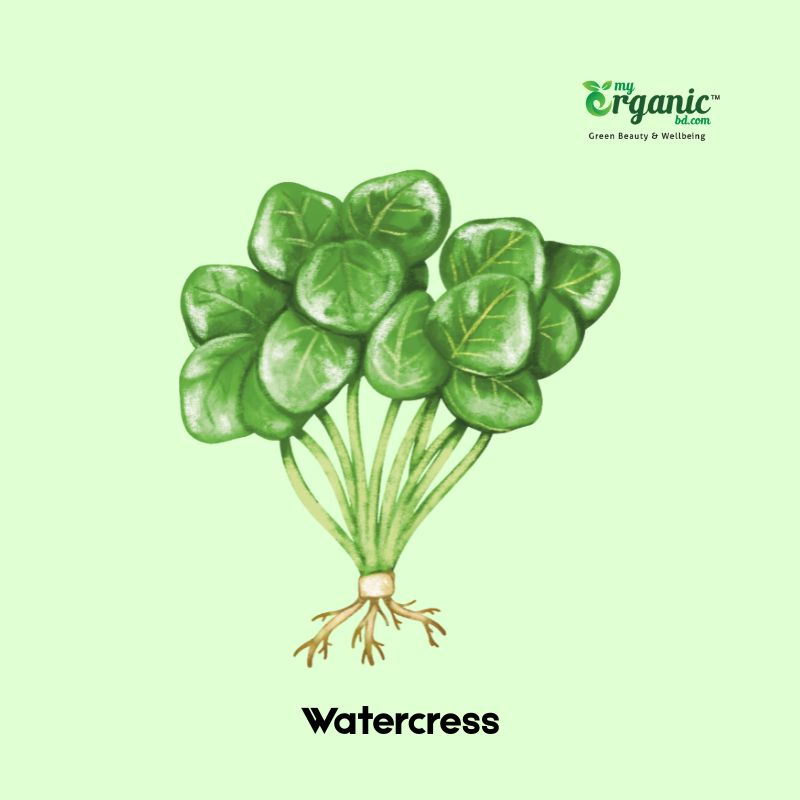
Watercress
Watercress comes with a slightly spicy and crisp texture. It adds liveliness to salads and sandwiches. It comes with a refreshing, mild flavor.
Key Nutrients
Vitamin K, Vitamin C, Calcium, Manganese, Folate, Beta-carotene, Potassium, Magnesium, Glucosinolates
Key Benefits
Watercress contains Phenethyl isothiocyanate, which stops cancer-promoting enzymes. It strengthens bones with high calcium and Vitamin K. Watercress also comes with chlorophyll and antioxidants, which improve liver function.
Ways to eat
Watercress can be used in salads. You can use it as a garnish on different dishes and soups. You can also blend it and make green soups.

Swiss Chard
Swiss chard has a mild and earthy flavor. Its colorful leaves can add color to your dish.
Key Nutrients
Vitamin K, Vitamin A, Vitamin C, Magnesium, Potassium, Iron, Fiber, Beta-carotene, Flavonoids
Key Benefits
Swiss chard is full of magnesium, which supports neurotransmission. It also balances mood and supports mental ability. With its high potassium, it benefits blood pressure. Vitamin C and flavonoids fight oxidative damage. Nitrate improves blood circulation.
Ways to eat
It tastes great with garlic and olive oil. You can add it to stews, vegetable curry, and rice dishes.
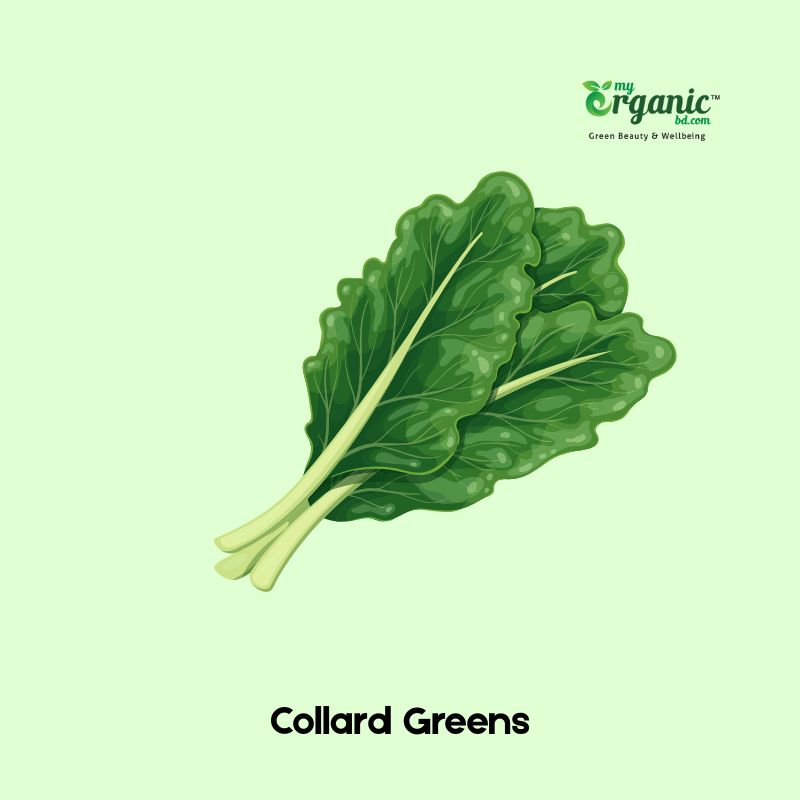
Collard Greens
Collard greens are the leaves from the Brassica family. They come with broad, dark green leaves. It has a strong and slightly bitter flavor.
Key Nutrients
Vitamin K, Vitamin A, Vitamin C, Calcium, Fiber, Folate, Potassium, Beta-carotene, Glucosinolates
Key Benefits
Collard greens have vitamin K and calcium. They improve your bone density and strength. Fiber reduces LDL cholesterol and improves heart function. It comes with powerful antioxidants that fight oxidative stress within the body.
Ways to eat
Collard greens are used in slow-cooked broths and curries. It also works great as a wrap for filling as it contains low carbs.

Turnip Greens
Turnip greens are the leafy part of the turnip plant. They offer a wide range of vitamins and minerals for our natural wellness.
Key Nutrients
Vitamin K, Vitamin A, Vitamin C, Calcium, Folate, Fiber, Potassium, Magnesium, Glucosinolates
Key Benefits
Turnip greens are filled with calcium and magnesium, which benefit bone health. It has a high amount of antioxidants, which reduces age signs and protects from free radicals. Glucosinates from turnip greens promote liver function.
Ways to eat
Turnip greens work great in soups and other green dishes. It adds flavor to bean, rice, and other vegetable dishes.

Mustard Greens
Mustard greens are the green leafy plant of the mustard plant. They come with a strong taste that adds character to your dish.
Key Nutrients
Vitamin K, Vitamin A, Vitamin C, Calcium, Fiber, Folate, Potassium, Glucosinolates, Alpha-linolenic acid
Key Benefits
It is rich in vitamin C and A. Those vitamins combat inflammation and provide antimicrobial effects. Folic acid and folate protect vascular health and improve digestion. ALA (omega-3) from mustard greens supports brain health and cognition.
Ways to eat
Mastered greens are stir-fried to remove the bitterness. It pairs great with chilly, garlic, and soya sauce.
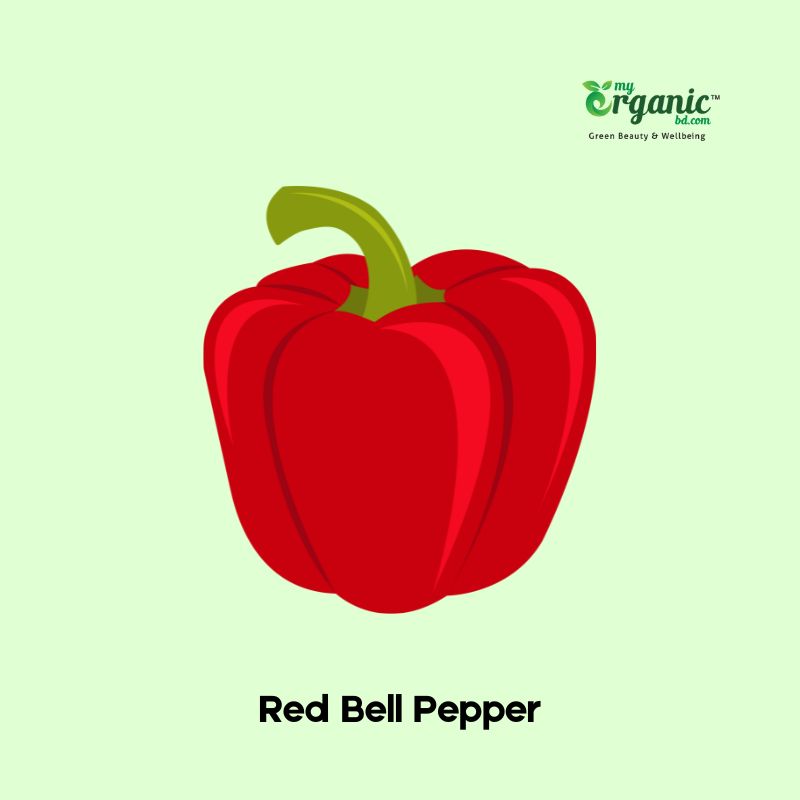
Red Bell Pepper
Red bell pepper is a fruit that does not contain any spice. It comes with a crispy texture when raw and becomes soft when cooked.
Key Nutrients
Vitamin C, Vitamin A, Vitamin B6, Folate, Fiber, Potassium, Beta-carotene, Capsanthin, Lutein
Key Benefits
Red bell peppers are a rich source of vitamin C, which strengthens the immune system and skin health. It also contains lutein and beta-carotene, which support skin and eye health. Vitamin B6 from red bell peppers is the material of the happy hormones of our brain.
Ways to eat
Red bell peppers are used in salads or dips. It can be roasted or grilled, or added to soups and sauces.
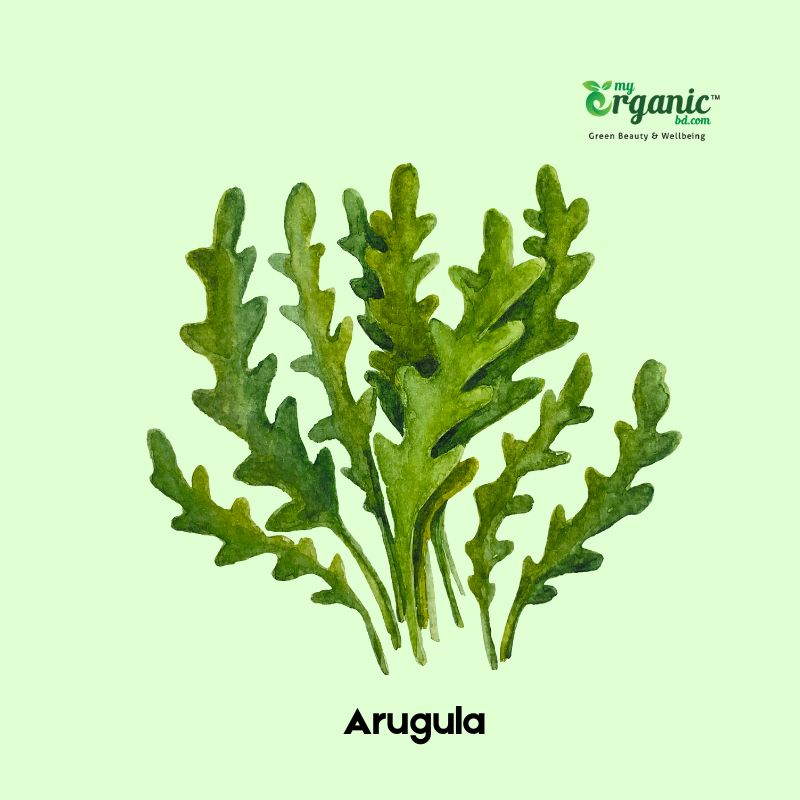
Arugula
Arugula is a leafy green from the Brassica family. It comes with a spicy, mustardy taste. It can be eaten raw or with pizza toppings.
Key Nutrients
Vitamin K, Vitamin A, Folate, Calcium, Potassium, Fiber, Vitamin C, Glucosinolates, Nitrates
Key Benefits
Argula contains nitrates, which dilute the blood and reduce blood pressure. Folate helps to regulate mood and protect brain cells. It contains vitamin C, K, which protects the cell from oxidative damage. Glucosinolates from arugula help detox pathways of our body.
Ways to eat
Arugula can be used in salads, pizza, burgers, and sandwiches. It adds a peppery punch to those foods. You can also add it to pasta and egg dishes.
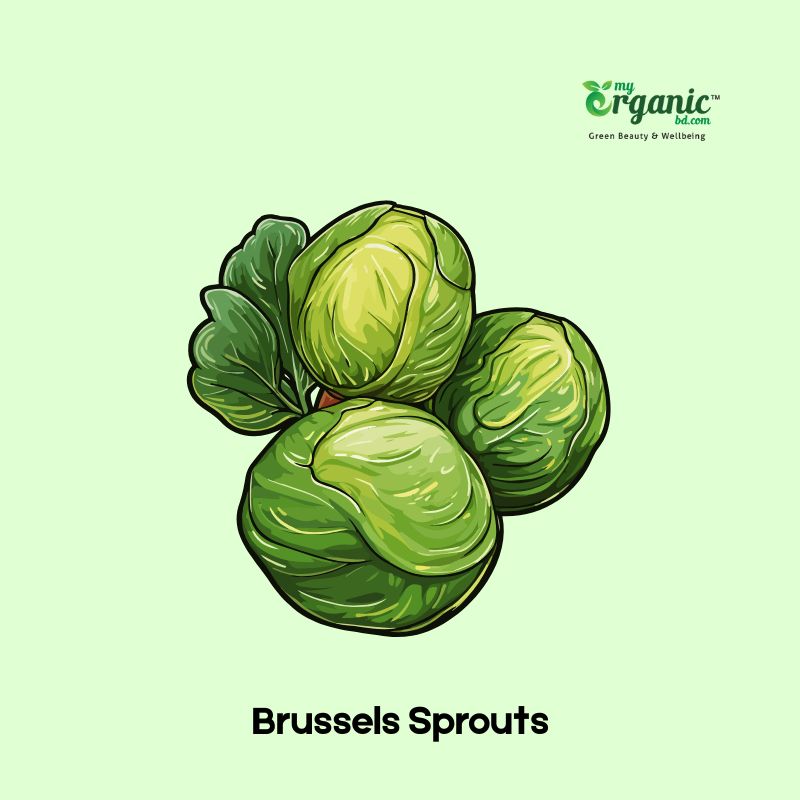
Brussels Sprouts
Brussels sprouts are small buds that look like mini cabbage. It comes with a nutty flavor when roasted.
Key Nutrients
Vitamin K, Vitamin C, Folate, Fiber, Potassium, Vitamin A, Calcium, Glucosinolates, Alpha-lipoic acid
Key Benefits
Brussels sprouts support anticancer and detoxification. It contains a high amount of vitamin K and calcium. They work together to improve your bone density and health. It contains fiber and potassium, providing cholesterol-lowering and blood pressure benefits. Alpha-lipoic acid is one of the key molecules that improves energy metabolism.
Ways to eat
You can pan fry or roast Brussels sprouts. Garlic and balsamic vinegar pair great with it.

Cauliflower
A compact flowering vegetable that comes with a mild flavor. It absorbs the taste of the dish very well.
Key Nutrients
Vitamin C, Vitamin K, Folate, Fiber, Potassium, Vitamin B6, Choline, Glucosinolates, Beta-carotene
Key Benefits
Cauliflower contains sulforaphane, which reduces inflammation and cellular aging. Choline from cauliflower improves the coordination of the brain and liver. It provides gut and heart health benefits with rich fiber. It also contains glucosinolates which protects DNA damage and improves enzyme systems.
Ways to eat
You can mash, steam, or roast cauliflower as a side dish. It tastes good with rice, pizza, and creamy soups.
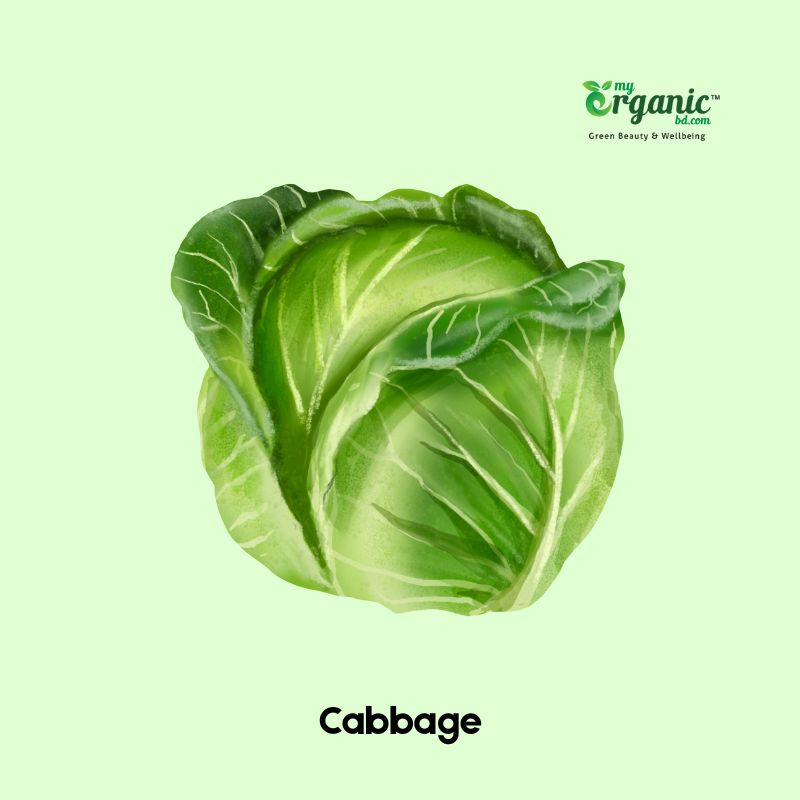
Cabbage
A leafy vegetable that piles together and makes a round-headed shape. It’s crunchy when raw and soft when cooked or steamed.
Key Nutrients
Vitamin C, Vitamin K, Folate, Fiber, Potassium, Vitamin B6, Calcium, Anthocyanins, Glucosinolates
Key Benefits
Cabbage contains anthocyanins and vitamin C. They protect the body from oxidative stress and improve skin health. It contains folate and vitamin B6, which support cognitive function and mood. It provides gut health support through fermentable fiber and glucosinolates.
Ways to eat
You can cook cabbage as coleslaw or ferment it to make sauerkraut. It tastes great as stir-fried vegetables or salad with lemon.
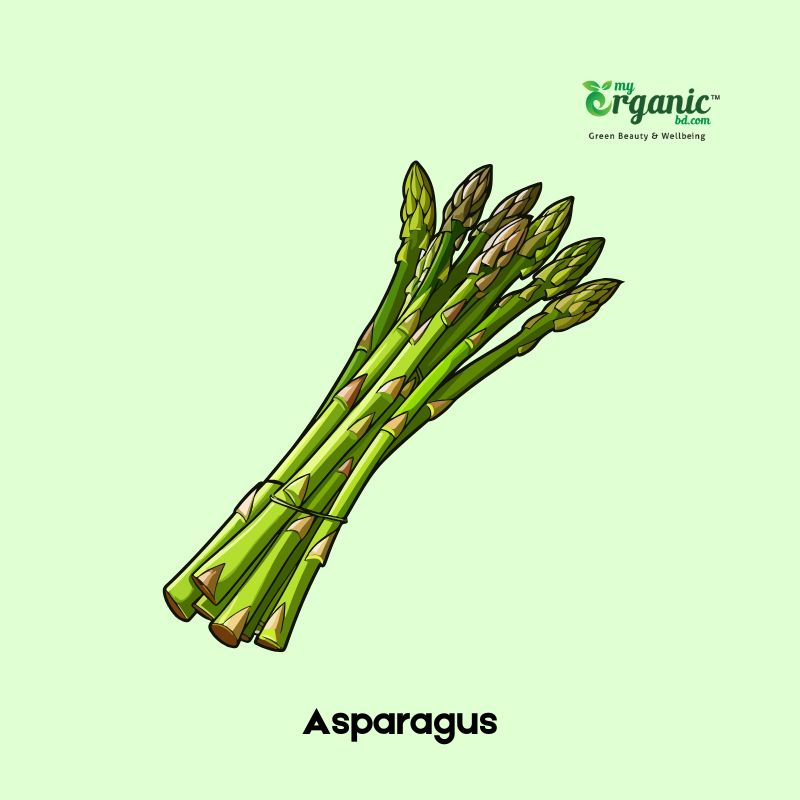
Asparagus
Asparagus is a spear-shaped vegetable known for its nutritional and health-boosting abilities. It has a mildly bitter grassy flavor.
Key Nutrients
Vitamin K, Folate, Vitamin C, Vitamin A, Potassium, Fiber, Thiamin, Glutathione, Inulin
Key Benefits
Asparagus contains a high amount of folate. It improves mood and contributes to DNA synthesis. Glutathione from asparagus supports liver health and cellular defense. Its insulin content improves gut flora and cholesterol metabolism.
Ways to eat
Asparagus is generally steamed, grilled, or roasted whole. You can slice it into stir-fries. Also mix it with egg dishes.
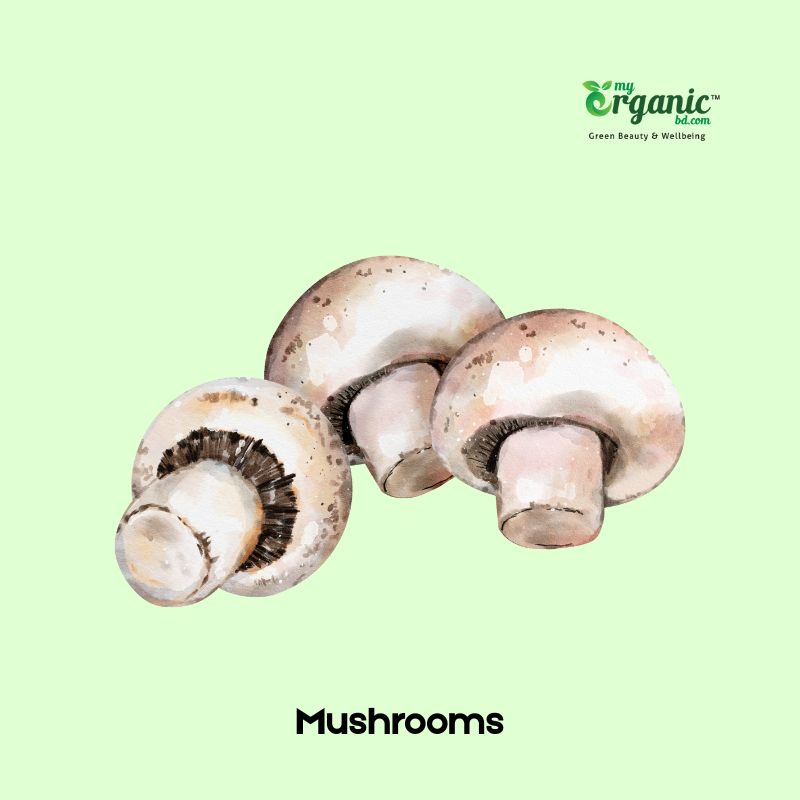
Mushrooms
Mushrooms are edible fungi. They are low in calories and filled with nutrients and bioactive components. There are many different types of fungi.
Key Nutrients
Vitamin D, Selenium, Potassium, Riboflavin, Niacin, Copper, Fiber, Ergothioneine, Beta-glucans
Key Benefits
Mushrooms contain powerful antioxidants like ergothioneine. It supports skin health and protects the body from oxidative damage. Mushrooms contain vitamin B, which improves energy production and brain power. Selenium improves thyroid and immune health.
Ways to eat
Mushroom is eaten with meat, soup, curry, fries, and other dishes. You can grill and roast it to eat with rice. You can also stir-fry with olive oil and make a healthy substitute for meat.
Please read best medicinal mushrooms proven benefits & wellness to know more.
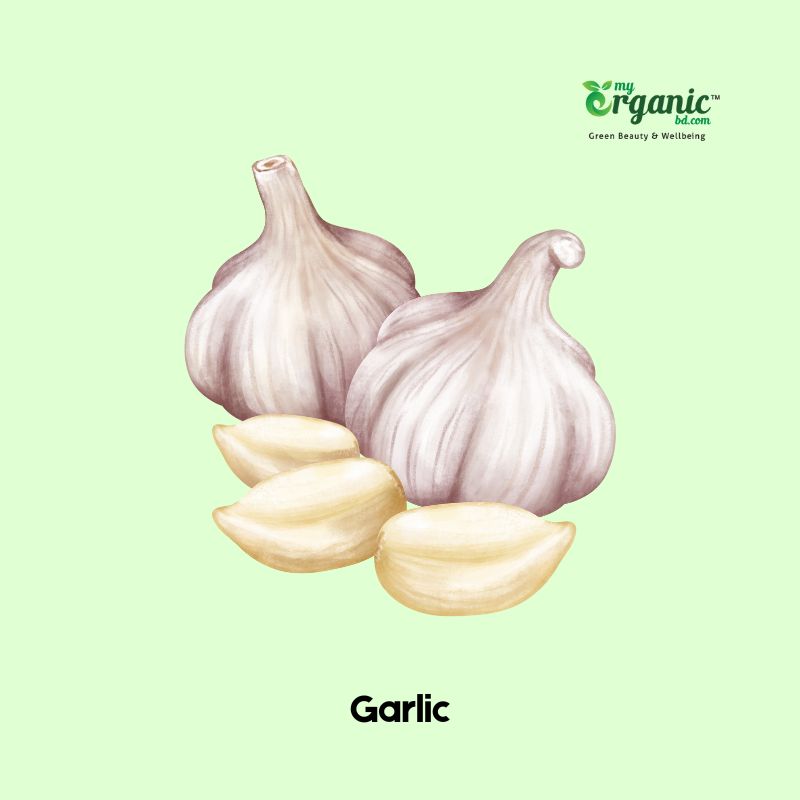
Garlic
Garlic is a bulb plant that comes with a pungent taste and smell. Used for seasoning and cooking.
Key Nutrients
Manganese, Vitamin B6, Vitamin C, Selenium, Fiber, Allicin, Calcium, Potassium, Sulfur compounds
Key Benefits
Garlic reduces blood pressure and the stiffness of the arteries. They contain a compound named allicin, which provides antimicrobial benefits. Organosulfur from garlic protects the body from chronic diseases. It also contains vitamin B6 and manganese, which benefits brain and cognitive health.
Ways to eat
Raw garlic fits well in dressing or spreads. Roasting it makes it soft & sweeter. You can add roasted ones to savory dishes. It is often used as a spice in various soups, curries, and dishes.
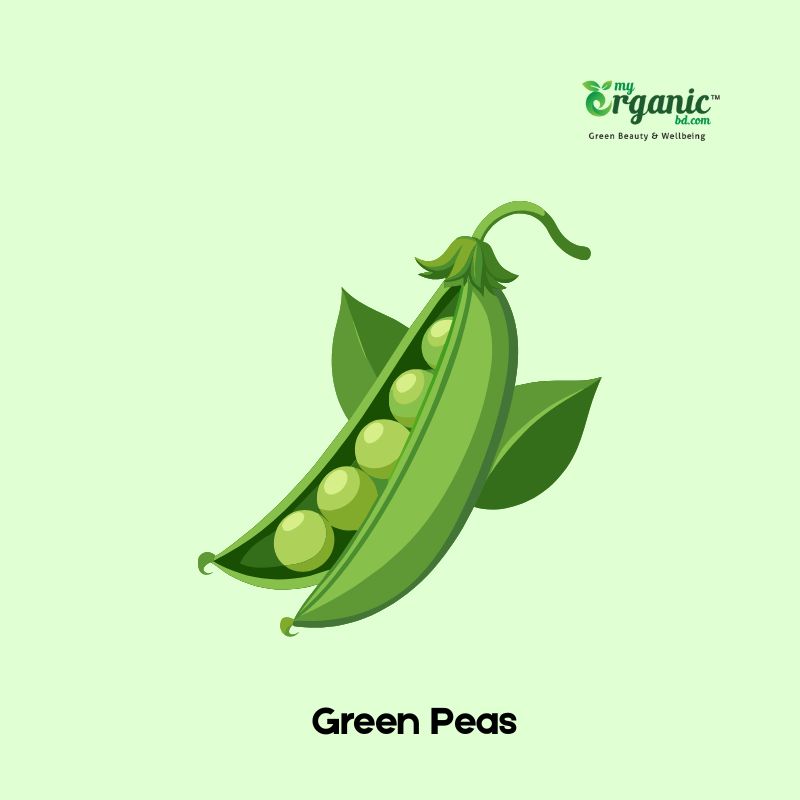
Green Peas
Green peas are small legumes with a slightly sweet and crunchy taste. They are often used in vegetables and curries.
Key Nutrients
Vitamin K, Vitamin C, Manganese, Fiber, Folate, Protein, Thiamin, Iron, Lutein
Key Benefits
Green peas contain a good amount of protein and B vitamins. B vitamins support neurotransmitter activity and brain health. Lutein and zeaxanthin protect eye and brain cells. It contains fiber that reduces cholesterol and blood sugar. Polyphenols from green peas lower inflammation and support cell signaling pathways.
Ways to eat
Green peas are a great snack when raw or steamed. It blends nicely in stir-fries, curries, and pasta.
Types of super vegetables
There is no defined category of super vegetables. But from the list, we can come up with 6 types.
Check them out below –
- Leafy greens: Spinach, Kale, Swiss Chard, Watercress, Mustard Greens, Collard Greens, Turnip Greens, and Arugula are leafy greens. They are rich with vitamins A, C, K, folate, magnesium, and fiber.
- Cruciferous vegetables: Broccoli, Brussels Sprouts, Cauliflower, Cabbage, Arugula, Kale, and Collard Greens fall into this category. They are rich with glucosinolates, sulforaphane, fiber, and vitamin C.
- Root and Tuber: Carrot, Beet, Sweet Potato, and Turnip are root vegetables. They contain beta-carotene, fiber, complex carbs, and minerals. They are beneficial for energy, gut health, antioxidant support, and stamina.
- Fruiting vegetables: Tomato, Red Bell Pepper, and Green Peas are fruiting vegetables on the list. They are rich with lycopene, vitamin C, potassium, and flavonoids.
- Fungi: Mushrooms are not botanically vegetables, but it is widely considered similar to vegetables. They are rich in beta-glucans, ergothioneine, B vitamins, and selenium.
- Bulb and others: Garlic, Onion, and other similar vegetables fall in this category. They are rich in sulfur compounds and antioxidants, and minerals.
Why are super vegetables important for your wellness?
Super vegetables come with dense nutrients and bioactive molecules that improve overall wellbeing & protect from diseases. Super vegetables contain a concentrated level of essential vitamins, minerals, and antioxidants. Those support our body’s essential functions. Regular vegetables contain a decent amount of nutrition, and an imbalance in diet can easily cause nutrient deficiency. But with high levels of nutrients, you will have a lower chance of lacking nutrients in your body.
Super vegetables contain nutrients like folate, magnesium, and B vitamins. Those are some of the vital components that regulate memory, mood, and mental health.
Vitamin C, beta-carotene, and polyphenols are some of the common components of super vegetables. Those support the immune system and offer protection from free radicals.
Sulphophenols and chlorophylls are important for liver health and detox. They also play an important role in hormone balance.
Super vegetables are often high in calcium and vitamin K. These support bone health and density.
As you can see, superfoods improve almost all aspects of your health. So, for a healthy, longer life, nutritious vegetables have no replacement.
How do super veggies help your weight loss goal?
Super vegetables are very low in calories and contain high nutrient density. You can eat a lot of vegetables without having to worry about gaining weight. They contain lots of fiber that decreases the speed of digestion, lowers blood cholesterol, and reduces sugar spikes. Those characteristics of super vegetables can directly help your weight loss journey.
With high fiber and nutrients, you will feel full for longer. It will reduce your emotional craving to eat. When you get all the nutrients properly, you lose weight in a very healthy way.
Some vegetables, like leafy greens and broccoli, boost metabolism. Those can improve the function of fat-burning hormones. Antioxidants and bioactive components also detoxify the metabolic pathway and help eliminate fat effectively. Some nutrients like B-vitamins and Iron help you work out with a low-calorie diet. Overall, if you are planning to lose weight, vegetables are your best friend whom you can not ignore.
What are medicinal vegetables?
Some vegetables’ health effects are so direct and potent, they can easily fall into medicinal categories. Most times they contain some bioactive component that directly impacts our health conditions. Regular vegetables improve overall health. But medicinal vegetables have therapeutic effects that are backed by modern research and traditional uses.
But with great power, responsibilities build up. Those vegetables need to be used carefully when you are sick. Eating in moderation is also very important. Lastly, if you are on a drug, some of the medicinal vegetables can interact with the drug and cause adverse effects. But with proper knowledge and caution, they are natural ways to improve your health and wellness. Some of the medicinal vegetables are:
Garlic: reduces blood pressure, contains antimicrobial effects, and reduces blood cholesterol.
Beetroot: Supports better blood flow, detoxifies the liver, and improves stamina.
Bitter melon: Lowers blood sugar and supports pancreatic function.
Ginger: Ginger comes with powerful anti-inflammatory effects and digestive benefits.
Turmeric: Comes with potent antimicrobial effects.
Cruciferous vegetables: Detox enzymes, prevent cancer, and regulate hormone balance.
You should take professional advice while undergoing a therapeutic diet with these.
What are the best vegetable supplements?
Some vegetables are not often easy to prepare, or available. If you have a busy life, this becomes more complicated. There are many super veggies supplements in the market with super fruits. You need to buy them with your wellness goal.
Nature’s way, garden of life, Piping rock, Isagenix , Nature bell, Athletic green, Balance of nature are some renowned brands selling best vegetable supplements. We will write detailed reviews on them.
Are super vegetables good for pets?
Yes, super vegetables are often good for pets like cats, dogs, rabbits, etc. But proper knowledge & cautions are required. In general cats and dogs can get vitamins, minerals, antioxidants and other beneficial components for their good health. But not all pets and vegetables are equal. When it comes to carrots, broccoli, spinach, sweet potatoes, green peas, and pumpkin, you can feed your pet without thinking much. Always remember to feed them in moderation.
But garlic, onions, mushrooms (wild), beets, kale, and Swiss chard are some vegetables you should feed cautiously with proper knowledge. If you are unsure, don’t feed them those vegetables. Best practice is to steam, sauté, or roast vegetables instead of boiling vegetables. Use minimal pressure water and heat while cooking. Let your pet eat raw and cooked vegetables for balanced nutrients. It’s better to talk to a vet for a balanced diet.
How to prepare super veggies?
Preparing vegetables is not complicated at all. The goal is to maximize nutrition and flavor. Wash the vegetables under cold water to remove dirt and pesticides. If you are cooking leafy greens, you can soak them for 10 minutes before washing.
Super vegetables contain many water-soluble nutrients. So it is best to use minimal water and lower heat. Long boiling of vegetables reduces significant nutrients.
Your cooking oil also matters quite a lot. Fats are required to absorb the fat-soluble vitamins like vitamin A, D, E, and K. Eat a mix of raw and cooked vegetables every day to get the most out of your vegetables. Always cut the vegetables just before cooking for best taste and nutrients.
What are the best vegetables for you?
There are no strict rules to choose the best vegetables for you. The best thing you can do is eat a balanced diet that contains different vegetables. Don’t stick with a few. Change the vegetables every week. You can also choose vegetables depending on your wellness goals. For brain health and focus, choose spinach, broccoli, asparagus, and mushrooms. For heart health, choose beets, garlic, tomatoes, etc. Kale, carrots, and sweet potatoes will boost your overall energy. Get broccoli, watercress, arugula, cabbage, and mustard greens if you are focused on detox. If you are worried about skin health and premature aging, eat carrots, bell peppers, tomatoes, and spinach, Swiss chard.
Do Vegetables Lose Nutrients When Cooked?
Yes, vegetables can lose nutrients when cooked, but cooking often makes the vegetables tastier and improves digestibility. Water-soluble vitamins like vitamin C, thiamin, and folate break down in high heat. So it is important to cook them on low heat for a short time. Boiling often reduces the nutrient content more, especially for water-soluble vitamins. Roasting and steaming preserve more nutrients. However, this is only half the story; cooking improves the bioavailability of some nutrients, like lycopene in tomatoes and beta-carotene. Cooking also breaks down the fiber and makes it more effective for nutrient absorption.
Are Raw Vegetables Always Healthier Than Cooked Ones?
No, raw vegetables are generally better as you get all the water-soluble vitamins like vitamin C. But cooking can also improve absorption. It also makes some nutrients available for the body, such as beta carotene and lycopene.
Do super veggies have side effects on humans?
Yes, some super vegetables can cause side effects for some individuals. Eating in moderation can protect you from a lot of those problems. Broccoli and kale can cause gas and bloating. Vegetables with high oxalates, like spinach, beet greens, and Swiss chard, may stress your kidneys.
What are the veggies to avoid?
There is no inherently bad vegetable that you need to avoid. But if you have health conditions or an allergy, you may have to consider avoiding some vegetables. If you have a thyroid issue, you should avoid kale, cabbage, and broccoli. If you have a kidney stone issue, vegetables with high oxalates can be harmful to you. Vitamins like collard greens and ginger can interact with blood thinning medications.
What Should You Consider When Buying Organic vs. Conventional Vegetables?
Organic vegetables are often better than regular vegetables. They come with fewer risks of contamination and slightly better nutrients. But often the difference is very subtle. Nowadays, developed countries have strict food safety regulations. So, even non-organic foods are safe and full of nutrition.
But we do keep organic vegetables ahead, considering taste and environmental aspects. Get organic if you can, but don’t let the term limit your choices.
What Are Some Misunderstandings About Eating Vegetables?
Let’s debunk some misunderstandings about eating vegetables.
- Eating vegetables raw is not always better. Cooking also enables some nutrients, like beta carotene.
- All vegetables are not the same. Dark green and colorful vegetables are more nutritious than lettuce and potatoes.
- Organic vegetables are not always super healthier than regular vegetables. If you go strictly organic, that may increase your cost with little extra value.
How many vegetables should you eat per day?
About 2.5 to 3 cups of vegetables are recommended for adults every day. Vegetables are very low in calories, so you don’t have to worry about gaining weight. Keep raw, semi cooked and cooked vegetables in your menu for a balanced diet.
Final thoughts
Vegetables are a large part of a healthy diet. They are a source of so many essential nutrients, you can never ignore their importance. Super vegetables are the most nutritious among the vegetables. In this article, we covered everything you need to know about these healthiest vegetables.
You should read Healthy Diet Benefits, Tips, and Mindful Nutrients Needs for deeper knowledge.
Mr. Shariful Alam Pavel believes in natural living. To live a healthy conscious living, we need to eat green, live green. MyOrganic Bd is a green wellbeing brand, educating millions to live a better life with mother nature.
- Shariful Alamhttps://myorganicbd.com/author/sharif/
- Shariful Alamhttps://myorganicbd.com/author/sharif/
- Shariful Alamhttps://myorganicbd.com/author/sharif/
- Shariful Alamhttps://myorganicbd.com/author/sharif/
A Microbiologist, full time Content writer in MyOrganic Bd relentlessly trying people aware green lifestyle. Apart from working MyOrganic, he is an Environmental activitist.
- Digbijoy Azadhttps://myorganicbd.com/author/azad/
- Digbijoy Azadhttps://myorganicbd.com/author/azad/
- Digbijoy Azadhttps://myorganicbd.com/author/azad/
- Digbijoy Azadhttps://myorganicbd.com/author/azad/
Dr. Goutom Banik, MBBS, MPH, is a public health researcher with extensive experience in maternal, newborn, and child health, including nutrition interventions in underserved communities. He has worked with leading organizations such as Save the Children and icddrb, contributing to national strategies on child health and nutrition. His expertise spans operational research, health systems strengthening, and community-based programs addressing childhood illness.
- Dr Goutomhttps://myorganicbd.com/author/dr-goutom-banik/
- Dr Goutomhttps://myorganicbd.com/author/dr-goutom-banik/
- Dr Goutomhttps://myorganicbd.com/author/dr-goutom-banik/
- Dr Goutomhttps://myorganicbd.com/author/dr-goutom-banik/

